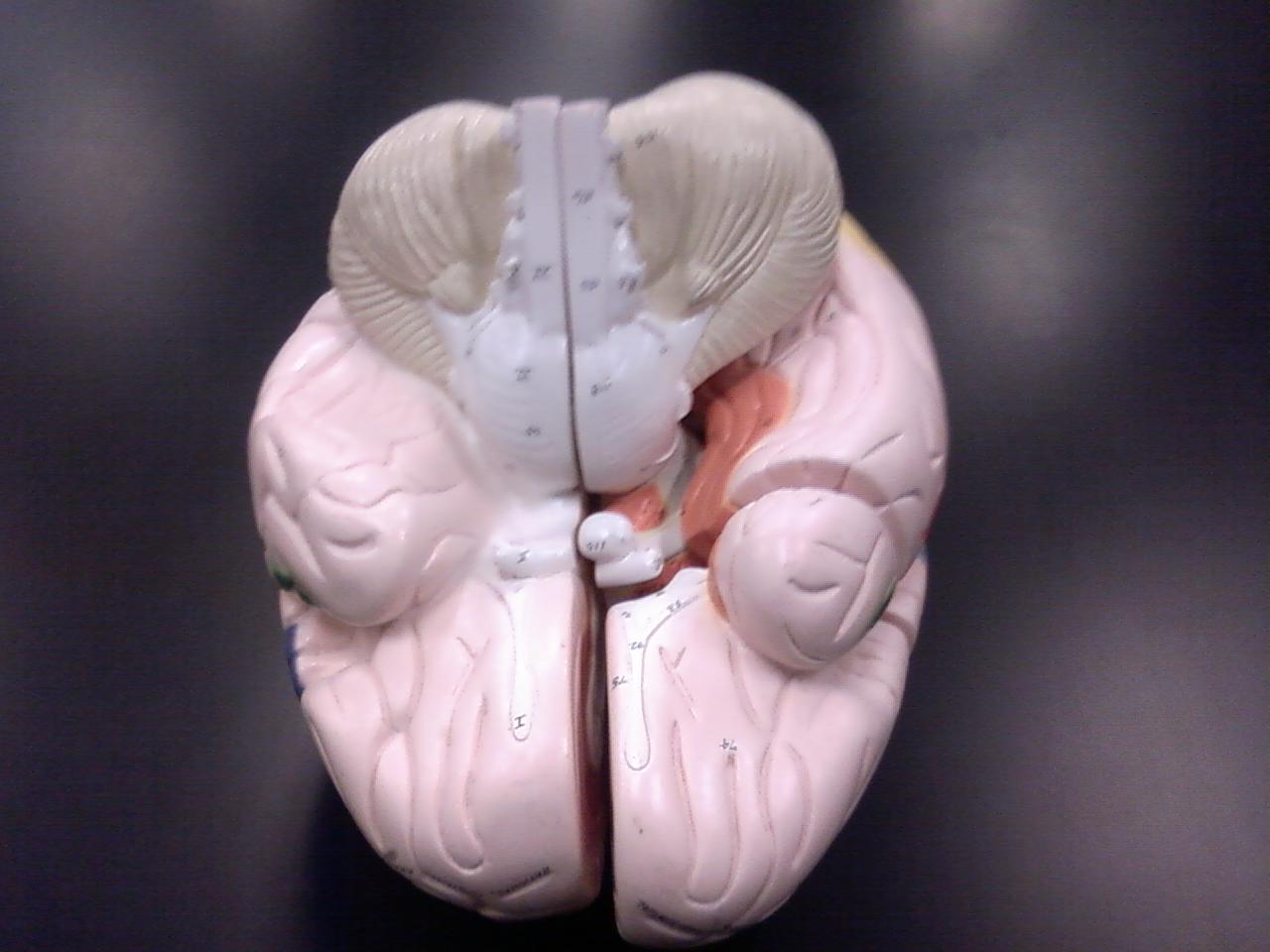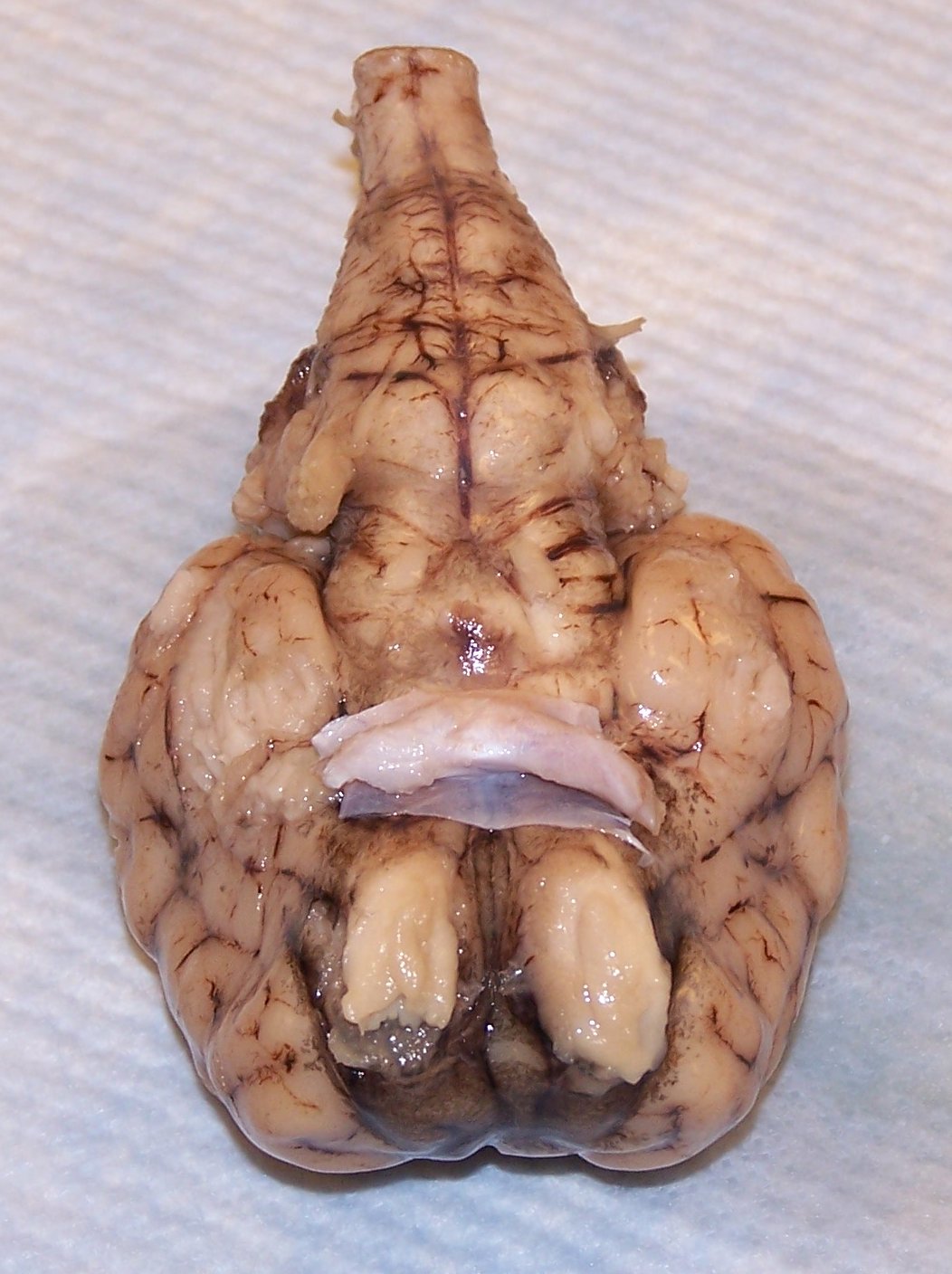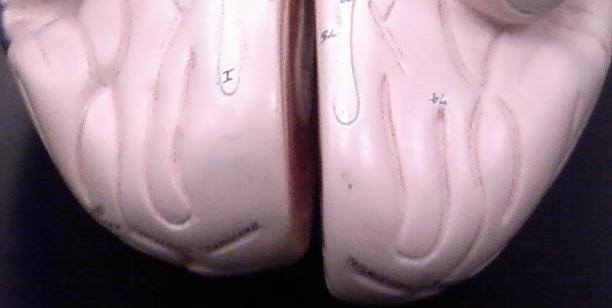There are approximately 20 million olfactory receptor neurons in the human nose. Although this is more sensory neurons than for any other human sensory modality, it is much fewer olfactory receptor neurons than seen in other species. Dogs, such as bloodhounds and Basset hounds, have as many as 10 times more olfactory receptor neurons than we do. Grizzly bears may even have more olfactory receptor neurons than dogs. Pigs also have large concentrations of olfactory receptor neurons. The density of the olfactory receptor neurons in these species gives these animals enormously sensitive senses of smell. Grizzly bears can detect the aroma of meat from nearly 20 miles away. Bloodhounds can detect the presence of a specific animal even if it passed by a location several days earlier. Pigs are trained to detect truffles buried underground and are still better than mechanical detectors. Species, such as pigs, bears, and dogs, that depend heavily on smell are called macrosmatic. Humans, who are more dependent on vision and audition, are considered microsmatic, regardless of the importance of olfaction.
On the next tabs you can see this different in olfactory sensitivity by looking at the first olfactory are of the brain, the olfactory bulbs. The olfactory bulbs stick off the bottom of the forebrain so they are very easy to see. They are also just a thin piece of skull away from the olfactory epithelium where the olfactory receptors are found. Take a look at the differences in size of these different olfactory bulbs.


Above are the bottom of the brains for humans, shown in a brain model, and an actual sheep brain.
Notice how much larger the sheep olfactory bulbs are than the human olfactory bulbs. The human
olfactory bulbs are really rather small. Yes, it is true that humans have much larger brains than
sheep but even taking that different into account, the sheep brains are much larger. Sheep are
macrosomatic. Have you ever been to a sheep farm?
Below are closeups of the two sets of olfactory bulbs.


The different in macrosomatic and microsomatic difference even within animal families. Look at
the image below of four different bird species. The OB refers to the olfactory bulbs of
the birds. Bird

This images is from Martin GR, Wilson K-J, Wild JM, Parsons S, Kubke MF, et al (2007). Kiwi Forego Vision in the Guidance of Their Nocturnal Activities. PLoS ONE 2(2).